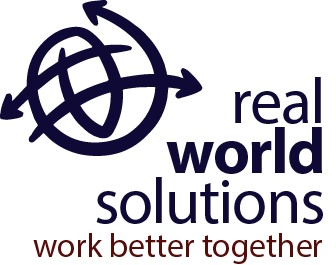Have you seen this video of President Trump shaking Japanese Prime Minister Shinzo Abe’s hand for 19 seconds? Other than being the most awkward handshake of all time, there are some cultural implications to this interesting interaction.
As you watch, notice Trump’s firm handshake, facing the press, Abe’s glancing toward Trump, suggesting they look at each other. Abe’s facial expression at the end indicating that the time was an eternity.
Once we stop cringing, we can gather some cultural insight. Much of what is communicated is non-verbal, like gestures, facial expressions, personal space, and eye contact. In some cultures, communication relies heavily on the words since the purpose of communication for them is to explicitly exchange information to “tell it like it is.” The United States in general is fairly direct, so here we rely on the spoken and written words to communicate our thoughts. Our “shoes” are direct communication shoes.
In other cultures, including Japanese, communication relies more on what is not said. Group-oriented cultures tend to build an identity based on shared experiences, valuing harmony and avoiding confrontation. People are likely to infer, suggest, and imply rather than saying something directly. The goal of communication is to preserve and strengthen the relationship. Their “shoes” are indirect communication shoes.
In order to interact effectively across these differences, one should be knowledgeable about the opposite shoes, learning to read facial expressions and understand the appropriate use of gestures.
Generally speaking Japan is a formal and indirect communication-based culture. Gestures are more important, such as bowing as an appropriate form of greeting. Different types of bowing signify levels of respect. Remember when President Obama bowed to the Japanese Emperor in 2009? He was skewered in some US media as acting treasonous, showing deference to the emperor and belittling America’s power. However, his actions were praised by Japanese etiquette experts as “natural and appropriate” for the occasion.
Back to Trump and Abe’s handshake. In US business situations, a strong handshake is viewed positively as a sign of confidence and the quality of the handshake matters. While on the surface this unending forceful handshake is amusing and not memorable, the continued inattention to cultural protocol could potentially create an underlying disrespect that in times of conflict could exacerbate a tense interaction.
Learning about appropriate greetings can avoid embarrassment, ensure a more positive interaction, and build strong relationships for future collaboration.
-Melinda and Sarah
